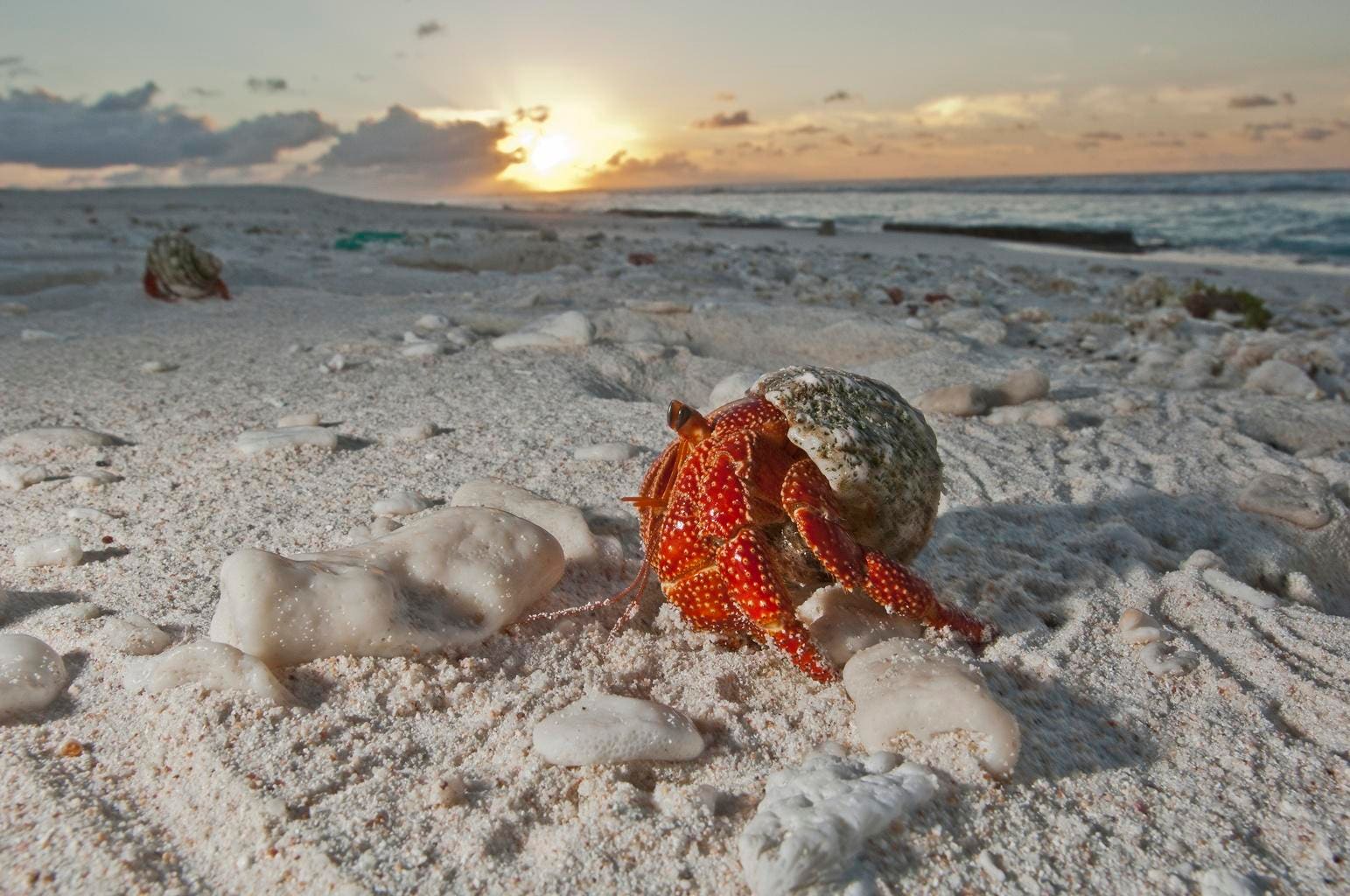Total Solar Eclipse: Why Hermit Crabs And A UFO Will Be The First To See It

It’s being hailed as the “Great North American Eclipse.” The longest since 1806, in fact, the best since 2017 and the last until 2033 in Alaska, and 2044 in Montana and the Dakotas.
But it’s not exclusively an American eclipse. In fact, creatures (and possibly aliens) in the southern hemisphere will be the first to see it, and the last will be 1,338 passengers on a British cruise ship.
It may cross 43.8 million people on the North American continent on April 8, but the narrow path of totality (115 miles wide, on average) is far longer than the 4,000 miles (6,500 kilometers) of land it happens to cross.
Here’s the truth about the total solar eclipse on April 8—and why it affects the South Pacific to the North Atlantic, not just North America.
The entire path of totality on April 8, 2024.
Michael Zeiler/GreatAmericanEclipse.com
Path Of Totality: The Whole Story
On April 8, the path of totality—the moon’s shadow—will be about 9,191 miles (14,790 kilometers) long and up to 122 miles (197 kilometers) wide as it surges across Earth’s surface at an average of about 1,500 miles per hour, which is about Mach 2.
However, not even half of that path will occur over land. Most solar eclipses occur mainly over the sea—as this one does: the southwestern Pacific and the north Atlantic oceans.
Starbuck Island, Southern Line Islands, Kiribati.
getty
Pacific Eclipse: Where The Eclipse Begins
This eclipse begins in the southern hemisphere. The moon’s central shadow will first touch Earth at sunrise in the Pacific Ocean at 16:39 UTC (12:39 p.m. EDT), about 400 miles south of the equator, where totality will last 2 minutes and 6 seconds. If a ship is around, its passengers will see a “golden corona” rising from the waters. This will happen at a point between Starbuck Island in the Line Islands, Kiribati to the north (which will get a 96.8% partial solar eclipse) and Penrhyn Atoll—part of the Cook Islands—to the south (98.5%).
Starbuck Island And The UFO
Starbuck Island is a coral atoll in the Central and Southern Line Islands, 336 miles south of the equator. It was discovered by Valentine Starbuck, captain of a whaling ship, in 1823. Apart from hermit crabs, it’s uninhabited, though one TikTok user has noticed a weird object on the beach at its extreme western point with a puzzling straight streak behind it. Could it be a UFO? It’s still there today, according to Google Earth—although since it’s not flying, it’s more of a “UO.”
After striking the planet in the Pacific Ocean, the moon’s shadow will then surge across an empty ocean for about 4,000 miles (6,500 kilometers) of ocean to North America, covering Mexico’s remote Islas Socorro—a shield volcano and a haven for marine life and an iconic spot for intrepid divers—on the way.
Passengers on the MS Bolette, a 62,735 GT cruise ship owned and operated by Fred. Olsen Cruise … [+]
Corbis via Getty Images
Atlantic Eclipse: Where The Eclipse Ends
Exactly three hours, 16 minutes and 45 seconds later, the moon’s central shadow will depart Earth at 19:55 UTC (3:55 p.m. EDT) at sunset in the Atlantic Ocean north of the Azores.
There will be humans there to see it this time—and they won’t be from North America. Departing April 6 from Southampton in the U.K. will be the Bolette, a 1,338-capacity cruise ship operated by Fred Olsen Cruises that will be headed for a view of a “golden corona” as a totally eclipsed sun sets just as the moon’s shadow leaves the planet. Whether the horizon is clear enough for a view remains to be seen, but this is where the “Great North America Eclipse” will last be glimpsed.
For the latest on all aspects of April 8’s total solar eclipse in North America, check my main feed for new articles each day.
Wishing you clear skies and wide eyes.


